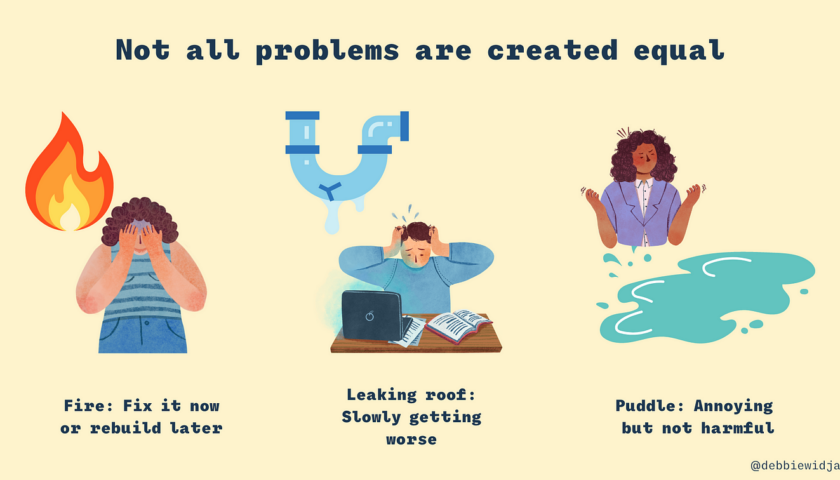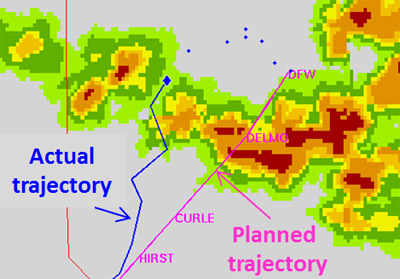The night sky is glorious, it offers an opening into not only our world but the entire universe.
The first time I saw a comet was Halley’s comet. It was in 1986. Halley’s comet is a short-period comet visible to the naked eye from Earth every 75–76 years. I grew up in Indore and at that time my uncle who was a professor at Holkar Science College arranged a visit for me and my cousins so that we could see the comet and other stars with the help of a telescope. That was the first time I was handling a scientific telescope and could not believe my eyes for the beauty of the night sky. That night we were all excited with scientific theories and wanted to explore the strange dark world of stars and comets.
But I did not study astronomy nor am I a physicist. Till the time I chose to be a pilot, the night sky was always comforting and constantly above me. The night I did my first flight, the night sky was no different but it changed my outlook. Since then night sky has not only been beautiful and above but it also turned enigmatic, dangerous, disorienting, ghostly, sometimes obscuring and secretive.
The first night flight was undertaken in CAVOK conditions. The instructors had briefed us about the nuances. Unlike all other phases in military flying, this phase did not have a check flight on completion. So we were all assured and went around with the duty. Carrying an additional torch hung around our neck, our steps had a spring as well as additional confidence. My initial experience was that nighttime is one of the best times to fly. The winds die down, and the thermal turbulence dissipates, leaving a sky full of stars and a smooth ride. It was an absolute pleasure. The glittering lights of Hyderabad were reassuring and visible from miles thus always acting as a beacon for a non-existing avionics suite of HPT-32 aircraft.
Few tips I learned during these initial flights were:
- Carry an extra torch. It is easier to operate spare torch, than fumbling to replace batteries.
- Plan for possible emergencies like off-field landing.
- It may seem obvious, but aircraft lights, airport lights, runway lights, and approach lights are just a few of the lighting systems you should be familiar with before your night flight.
- Trust your instruments. At night, it’s important to rely more on your instruments than your body’s signals.
- Nighttime illusions are common. The trouble with illusions is that you may not notice that you’ve fallen victim to one until it’s too late. Be wary of nighttime illusions like the black hole effect, autokinesis, false horizons, and even the constant flickering of the strobe lights that can cause disorientation in pilots.
Night has its attractions—and its detractions. There’s less traffic and more visibility, no glare from the sun, instrument scanning is easier with well-illuminated dials, cities stand out from surrounding terrain, and airports and traffic are easier to locate with their telltale beacons. I’ve since learned better. Accident statistics suggest that flying by night accounts for about 10% of the general aviation accidents, but 30% of the fatalities. That suggests night flying must be inherently more dangerous than aviating when the sun is up.Of course, just as with flying over water, the airplane doesn’t know it’s dark, so the problems of night flying are more related to pilots than airplanes. Here’s a short list of considerations for flying at night.
- Keep in mind that your eyes demand more oxygen than the rest of your body as you climb. For that reason, you might consider using supplemental O2 on any flight above 5,000 feet. Refresh your knowledge about the functioning of the Rods and the Cones. The Cones are more sensitive and are around periphery, so they can see things the insensitive Rods can’t. In other words, if you’re looking for a beacon at night, use your peripheral vision.
- Circadian Rhythm. Our circadian rhythm clues our bodies that night is the time to sleep. So a proper rest is a must even if it is only a short trip.
- Weather and clouds. A proper weather briefing is a must prior to flight. A rapid change in visibility, turbulence can easily shake the confidence of any pilot. Because there are fewer visual cues for reference by night, spatial disorientation is very likely in such a case.
- Somatogravic and Somatogyral Illusions – Somatogravic and Somatogyral illusions are the two most common forms of vestibular or ‘false sensation’ illusion which may be encountered when no clear horizon is present and flying wholly or partly by visual external reference is attempted.
- Runway Visual Perspective – The Runway Visual Perspective may give rise to a visual illusion that may result in landing short of the runway, hard landing or runway overrun, but may also cause spatial disorientation and loss of control.
- Autokinetic Effect – when staring at a single point of light against a dark background it can appear to move on its own. This is what is happening when a star or planet is misidentified as an aircraft. To avoid this maintain a normal scan pattern.
- False Horizon – A false horizon can occur when the natural horizon is obscured or not readily apparent. It can be generated by confusing bright stars or city lights or while flying toward the shore of an ocean or large lake. Because of the relative darkness of the water, the lights along the shoreline can be mistaken for stars in the sky.
Some praise the Lord for Light, The living spark; I thank God for the Night The healing dark.
Unknown
It is a world of fantasy when you are flying up above with a clear sky in view. You listen to constant engine hum while the stars and moon spin the aircraft windows. You wonder there may be life in those hidden, dark seas of infinite darkness. Often I dream with open eyes of meeting extraterrestrial beings. My spirit feels four point five billion years old like a veil between genesis and present. A contact that has never been realized despite centuries of vigil and squinting into the dark sky. I hold on to the controls and say a silent prayer to have that signal. The enormity of the sky weighs on me. Perhaps there is more to it than just dust and photons. Those secrets can not be easily answered in one’s lifetime. I smile because I assume I just saw a birth of a star and at the same time say goodbye to others. It is action-packed as if right now is the right moment where there is no difference in past or future. It is dark and beautiful.
Night sky show’s you the beauty of darkness.
Aditya Sharma
Photo Courtesy: https://www.treehugger.com



